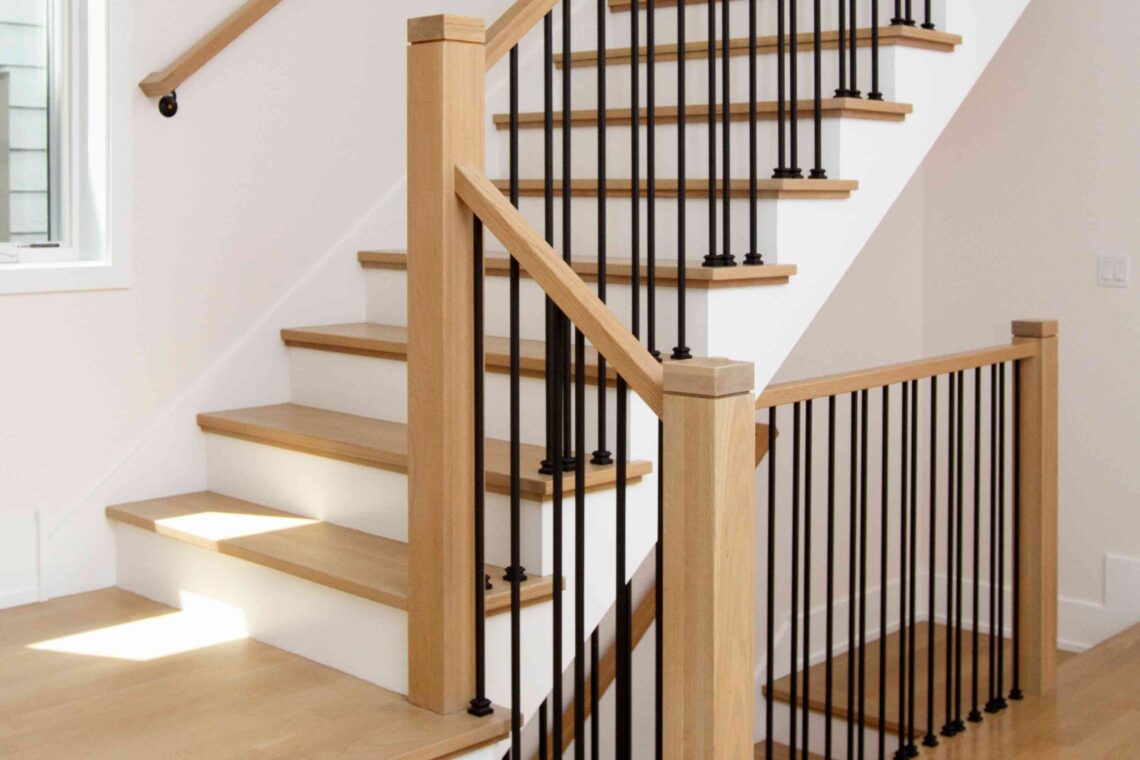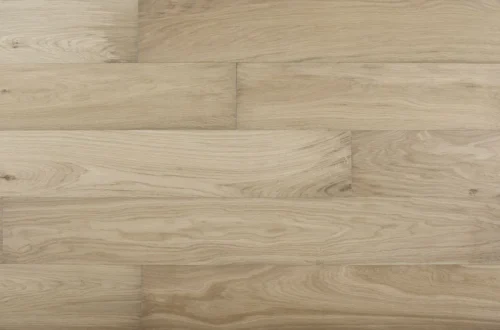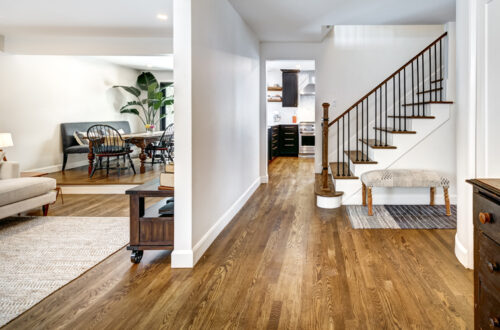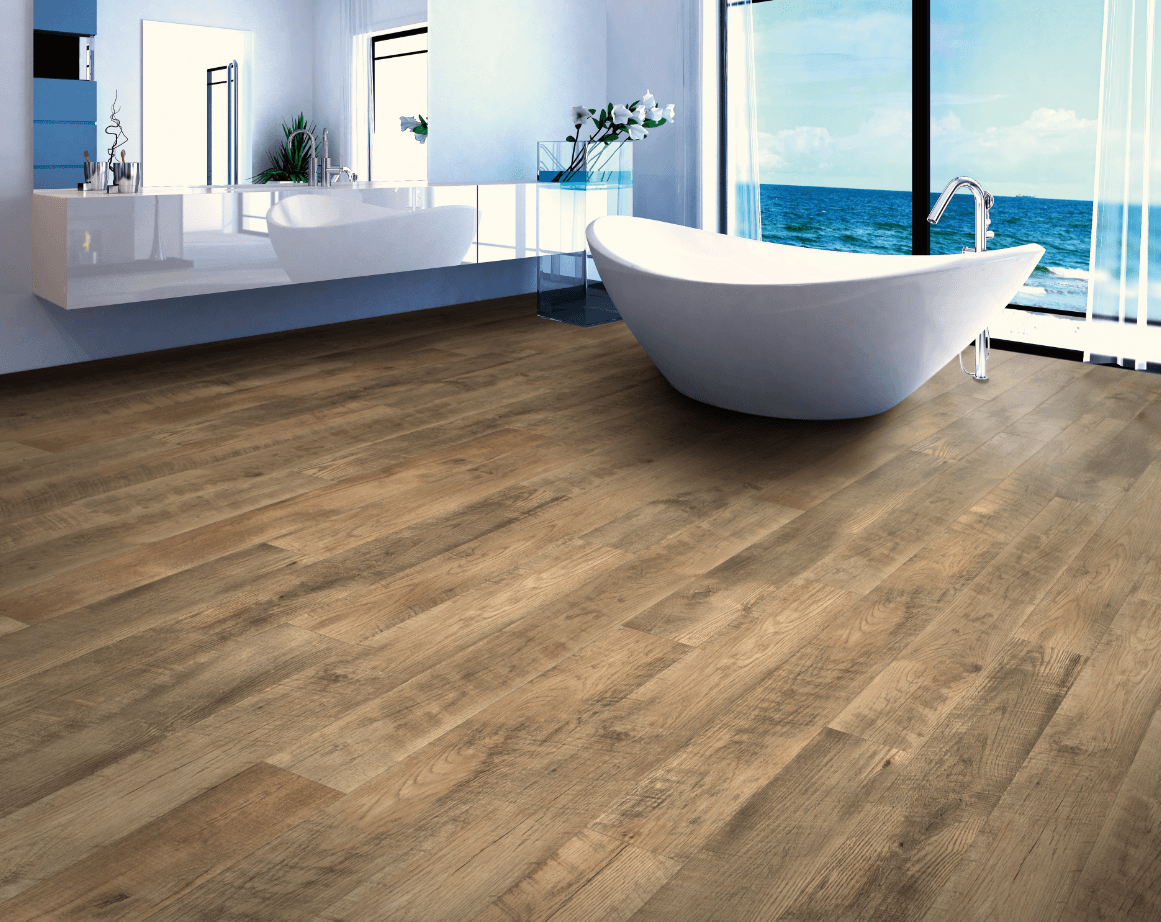
How to Pick the Best Wood Moulding for Stairs
Staircases are often the unsung heroes of interior design. They connect levels, create visual flow, and are among the most-used architectural elements in a home. Yet when it comes to finishes, many homeowners overlook the power of wood moulding to enhance the beauty and character of a staircase. From baseboards and stringers to handrail trims and stair brackets, moulding can turn a simple stairway into a statement piece.
In this guide, we’ll help you understand how to choose the best wood moulding for stairs—balancing style, function, and durability. Whether you’re upgrading a traditional banister or designing a modern staircase from scratch, the right moulding will add sophistication and value to your home.
Why Wood Moulding Matters on Stairs
Before diving into types and styles, it’s important to understand what makes moulding such a key player in stair design:
-
Framing and Finishing: Moulding helps outline the architectural lines of the stairs, giving them a finished look.
-
Style Integration: It ties the staircase into the room’s overall aesthetic—be it traditional, rustic, or contemporary.
-
Protection: Moulding protects wall edges, corners, and stair parts from wear, impact, and moisture.
-
Increased Home Value: Detailed moulding elevates perceived value and can be a selling point for buyers.
Key Areas of Stair Moulding to Consider
Different sections of a staircase may require different types of moulding. Here’s what to look out for:
1. Baseboards Along Stair Walls
These run along the wall following the incline of the stairs.
-
Purpose: Visually connects lower-level baseboards with the staircase, protecting the wall and adding a polished edge.
-
Style Tip: Choose a baseboard profile that matches the rest of your home but cut to align with the stair rise.
2. Stringer Moulding (Stair Skirt Board)
A skirt board runs along the side of the staircase, between the treads and the wall.
-
Purpose: Covers gaps and gives clean definition between stairs and walls.
-
Material Tip: Choose a hardwood for durability if it’s in a high-traffic area.
3. Stair Brackets
Decorative elements placed on the side of open-riser staircases under the treads.
-
Purpose: Add ornamental detailing, especially in traditional or Victorian-style homes.
-
Design Tip: Pair stair brackets with carved handrails or balusters for visual harmony.
4. Handrail Moulding
This includes the rail itself and any cove or fillet moulding used around it.
-
Purpose: Offers grip and enhances safety while providing decorative appeal.
-
Options: Choose rounded moulding for a soft, classic look or squared profiles for modern aesthetics.
5. Newel Post Trims and Caps
Newel posts anchor the handrail and often feature base trims or cap moulding.
-
Purpose: Adds architectural interest and strength to the stair structure.
-
Tip: Coordinating the newel caps with stair tread or floor colour creates visual balance.
Factors to Consider When Choosing Stair Moulding
1. Material Quality
The best stair moulding is durable, stable, and compatible with your flooring.
-
Hardwoods (oak, maple, walnut): Durable and elegant; ideal for high-traffic staircases.
-
Softwoods (pine, fir): Easier to work with and paint, but may dent more easily.
-
MDF: Affordable and smooth for painted trim; avoid in moisture-prone areas.
2. Style and Aesthetics
Your moulding should reflect the architectural style of your home.
-
Traditional: Intricate profiles like ogee, dentil, or stair brackets with scrollwork.
-
Modern: Sleek, straight-edged moulding; minimal profiles; flush trim.
-
Rustic/Farmhouse: Reclaimed wood mouldings or rough-sawn finishes for warmth and character.
3. Color and Finish
The right stain or paint can transform a moulding’s impact.
-
Stained Wood: Showcases the grain and gives a natural, elegant look.
-
Painted Trim: Great for contrast—white against colored walls or dark stairs for drama.
-
Two-Tone Approach: Use white for skirt boards and stained treads for a striking contrast.
4. Ease of Installation
Consider whether you’re hiring a professional or going the DIY route.
-
Pre-primed mouldings: Save time on painting.
-
Flexible trim options: Useful for curved staircases or uneven walls.
-
Modular moulding kits: Ideal for standard stair layouts.
Popular Stair Moulding Combinations
Here are some beautiful combinations you can try to bring life to your stairway:
1. White Skirt Board + Stained Treads + Matching Handrail
Classic and timeless; works well in colonial and transitional homes.
2. Tall Baseboards + Decorative Stair Brackets
Adds a layer of luxury and attention to detail, especially in formal entryways.
3. Wall Panel Moulding + Chair Rail on Stair Wall
Creates a wainscot effect that carries up the stairway for visual interest.
4. Painted Newel Post Caps + Natural Oak Rails
A charming blend of painted and stained finishes that creates subtle contrast.
5. Reclaimed Wood Skirt + Minimalist Black Handrail
Perfect for rustic, industrial, or loft-inspired homes.
Stair Moulding for Safety and Functionality
While aesthetics are important, don’t forget the practical aspects of stair moulding:
-
Cove moulding under stair nosing: Provides a clean transition and hides gaps.
-
Return trim on open treads: Smooths edges and protects corners from chipping.
-
Rounded profiles on handrails: Safer and easier to grip, especially for kids and seniors.
Installation Tips for a Flawless Finish
-
Measure Twice, Cut Once: Angles on stair trim can be tricky—use a template or angle finder.
-
Use Construction Adhesive and Nails: For long-lasting, secure moulding.
-
Caulk Seams Before Painting: Fill gaps and joints for a seamless appearance.
-
Pre-finish Wood Moulding When Possible: Especially useful when staining or working in tight spaces.
Budgeting and Sourcing
Stair moulding costs vary based on material and complexity. Here are a few cost-saving tips:
-
Use MDF for painted trim: Cost-effective without compromising looks.
-
Invest in stair focal points only: Such as newel posts or baseboards; keep other areas simple.
-
Shop local: Stores like Vellfinish Floors offer quality hardwood moulding at competitive prices with expert advice to guide your choices.
Inspiring Stair Moulding Ideas
Need a dose of design inspiration? Try these on for size:
-
Modern Minimalist: White baseboard running cleanly along a floating staircase.
-
Cottage Cozy: Beadboard moulding along the stair wall with soft pine railing.
-
Urban Chic: Matte black handrail trim with reclaimed oak baseboards.
-
Classic Revival: Tall panel moulding on the stair wall with crown detail above.
-
Scandinavian Simplicity: Light wood trim with open risers and sleek railing.
Final Thoughts
Choosing the best wood moulding for stairs is all about marrying function with beauty. Every piece of trim—whether subtle or bold—adds structure, texture, and personality to your stairway. With the right materials, finishes, and installation, you can create a staircase that not only serves its purpose but also becomes a visual focal point in your home.
Take your time exploring options, get inspired by your home’s existing style, and don’t be afraid to mix classic moulding techniques with modern elements for a fresh take.
Ready to Get Started?
At Vellfinish Floors, we offer a curated range of premium wooden stair mouldings—from stair nosings and skirt boards to baseboards and custom trims. Whether you’re remodeling an older home or designing a new one, our experts are here to help you choose the best trim for lasting beauty and performance.
Visit us today to find the perfect wood moulding for your stairs.




